STUDENTS LIFE:
Nadiya Medvedkova – Students’ Director of Shostka Institute
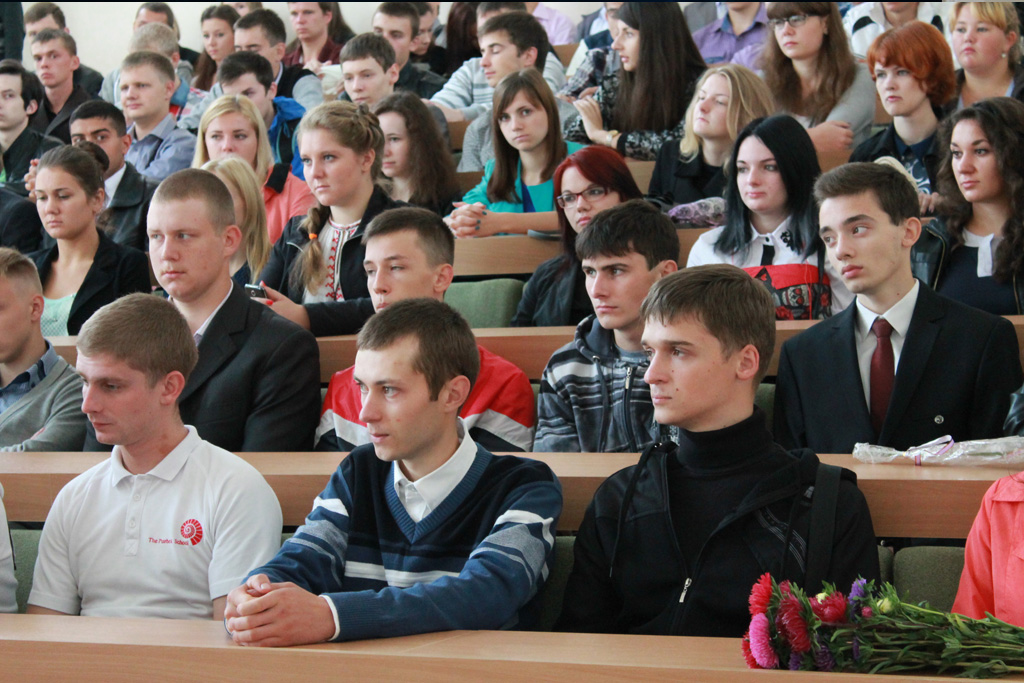
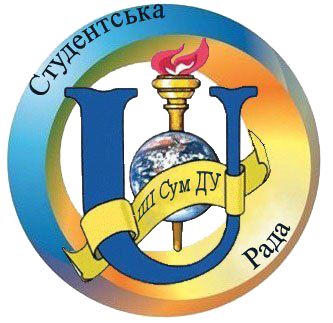
The students of Shostka Institute are youth with an active view of life who seek to express their views openly and influence the course of events, make plans and implement them.
The centre of Students’ Government in high school was the Student Council, which deals with all matters of education and welfare, protection of rights and interests, organizes leisure for students.
The Student Council consists of 7 students: a student director, a secretary and five deputies in the following areas: educational, sports and cultural and mass work; informational, social, vocational guidance and adaptive work.
During the existence of Shostka Institute Students’ Government accumulated a significant experience, combined with healthy ambition was the key to future success. Traditional contests in high school were “Studentskyi debiut”, “Mister and Miss Institute”, “Studentska Vesna”, “Posviata v Studenty” and sports activities such as “Den Zdorovia”, “Zdorova Natsiia” and action “Let’s Make Ukraine clean” and others.
The desire of students to help and support neighbors led to the creation of voluntary organization and charitable fund “Shchastia v Doloniakh”, which has held numerous fundraising events for the treatment of sick children, gifts for orphans on Christmas Day.
A significant incentive to effective studying and active participation in social work for the youth of higher school was the victory in the contest for the best group of the Institute. The reward was a tourist voucher around the most interesting places in Ukraine.
The Student Council of the Institute plans a lot of projects. And they will be implemented, as the Students’ Government cooperates with public authorities, funds, for-profit businesses, and donor organizations, Students’ Governments of other higher schools and youth organizations, Trade Union and administration of the Institute.
The composition of the student committee ShISumDU
1. – Students’ Director
2. – Majoritarian Candidate to the Students’Rectorate
3. – Deputy Students’ Director forSocial Work
4. – Secretory of Student Board
5. – Deputy Students’ Director for Career Guidance
6. – Deputy Students’ Director for Scientific Work
7. – Deputy Students’ Director for Cultural and Sports Activity
|
Students’ club, where several amateur groups work, has become a leisure centre for boys and girls of Shostka Institute. Let’s get acquainted!
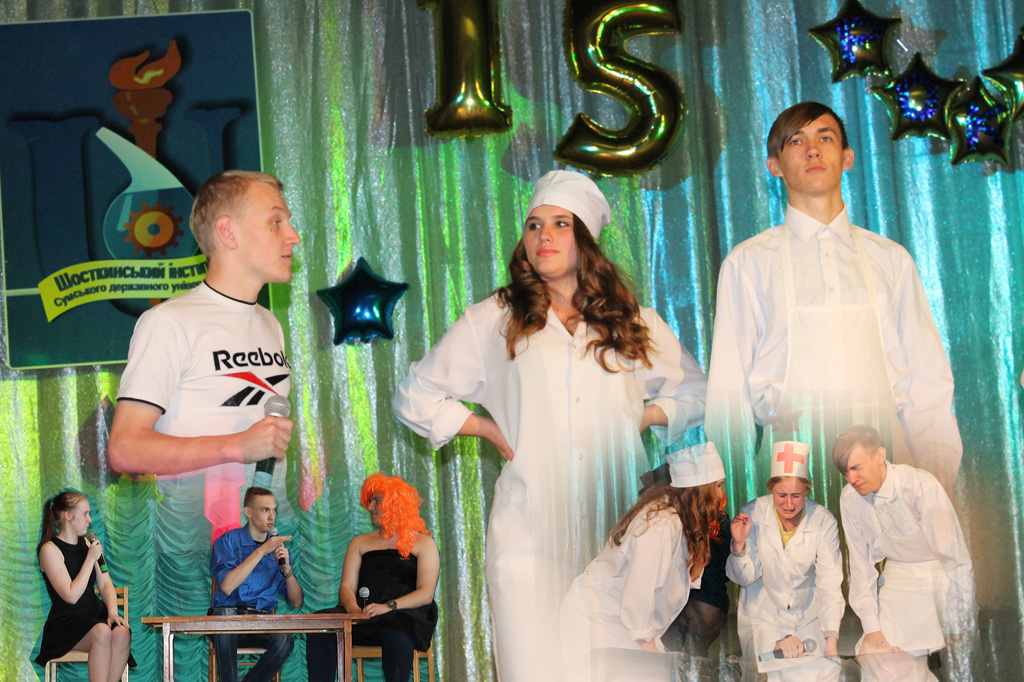
|
STEM (Students’ Theatre of Pop Sketches). It is the oldest folk amateur art team of Students’ club.
It was created by V.H. Burynda, the teacher of Chemical-Technological College in early 1977.
Now the artistic director of the group is Hennadii Fedorovych Filon.
STEM is a constant participant and a winner of student festivals and competitions of the genre,
to be held in different cities of Ukraine and other countries. In 1997 the team was awarded with the title of “people’s”.
The participants of STEM take an active part in local concerts and celebrations, their performances are very popular among
residents and visitors of Shostka.
|
Sokolova Irina – artistic director of the ensemble

|
The team was formed on September 1, 1994. Irina Sokolova has been its founder and a permanent leader for years.
From the beginning it became a permanent band member, a multiple winner of competitions and festivals of different levels,
such as “ Studentska Vesna”, “Krolevetski Rushnyky”, “ Vid Sertsia do Sertsia”, “Pisennyi Zorepad”.
The team is constantly working at widening a repertoire, increasing vocal skills.
It takes an active part in all cultural events. It is especially popular among students and residents of town.
In 2013 the vocal ensemble “Suziria” was awarded with the title of “people’s”.
|
The leaders of the ensemble are Tatyana and Oleg Demych
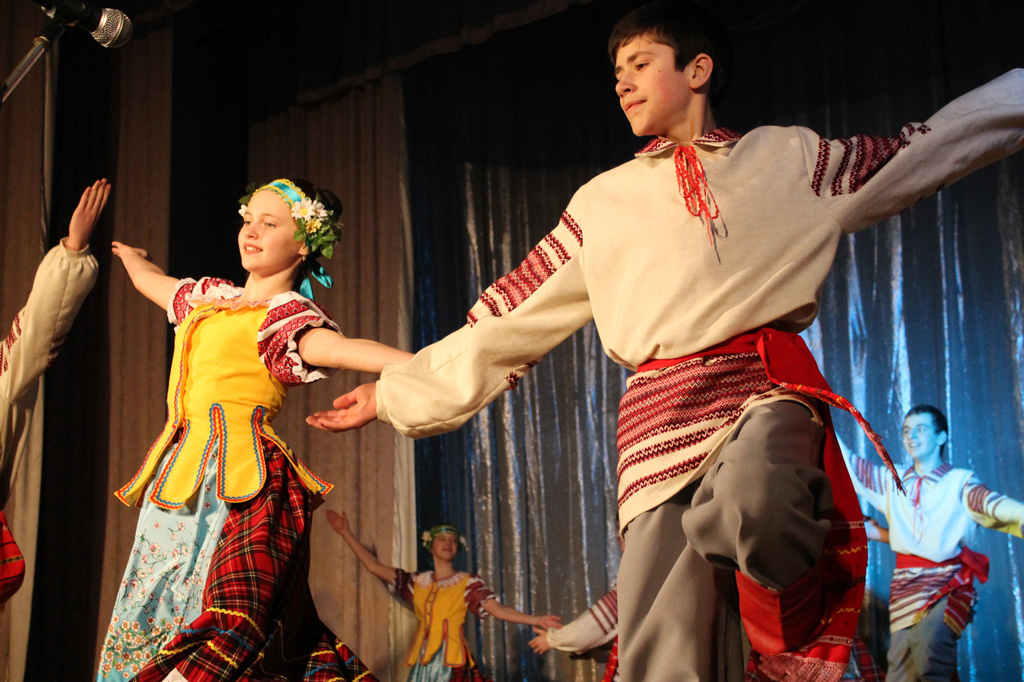
|
It was created on September 1, 1996. The leaders of the ensemble are Tatyana and Oleg Demych, Exemplary Educationalists of Ukraine.
The meaningful and significant achievements of the team are victories in a variety of regional, national and international competitions and festivals
such as “Poliski Vizerunky”, “Kyivske Dyvokolo ”, “Slovianskyi Kubok”, “Vesniani Arabesky”, “Alchevskoe Zarevo”, “Laskrava Kraina”,
“Usi My Dity Tvoi, Ukraino!”, “Nasha Zemlia – Ukraina”, “Slobozhanska Osin”, “Dzherelo Nadii”, Ukrainian Festival of Choreography named after Pavlo Virskyi.
The repertoire of the ensemble consists of folk and modern dance, stylized compositions.
Folk dance ensemble “Svitanok” is known and loved far beyond the region. In 2004, the ensemble received the title of “people’s”.
|
The hostel Shostka Institute of Sumy State University invites
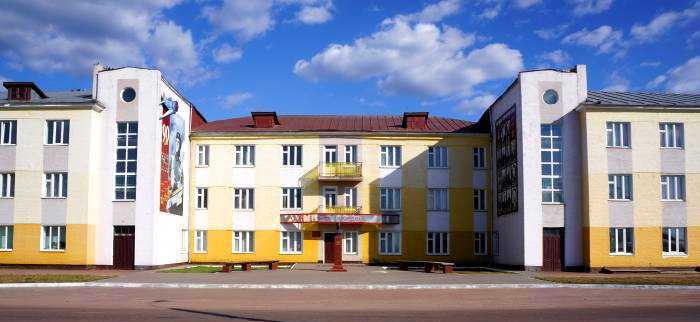
|
The hostel Shostka Institute of Sumy State University invites
Every year new specialties appear at Shostka Institute of SumDU, the number of students, including non-native ones, is increasing.
Therefore, in order to create quality conditions for study and relaxation, ShI SumDU offers wishing to stay in a hostel.
There is a kitchen, laundry facilities, showers and bathrooms, a luggage storage, refrigerators and lounges. Accommodation in double and triple rooms, equipped with all necessary furniture.
Advantages of staying in the SumDU hostel:
• Location in the same area as the Institute's academic building, which allows you to spend no time and money for moving.
• Comfort and coziness. The building of the hostel has been renovated, decent heating has been established.
• Modern technical equipment, including Internet connection.
• The hostel is located in the city center, near cinemas, sports complex, catering, bus stops, banks with 24-hour ATMs.
|
Department of military training of SSU

|
Military training under the Reserve Officers Training Program with the assignment of a primary officer
rank at Shostka Institute of SumDU may be completed by full-time and part-time students,
past graduates who have or have a bachelor's degree and are eligible for military service and military service moral and business qualities.
The training is conducted in the following specialties:
• combat use of troops, units and units of self-propelled artillery;
• combat use of ground-based units, troops, and units;
• combat use of anti-tank guided missile formations, units, and units;
• combat use of troops, units and units armed with tactical missile systems;
• combat use of military units and units of artillery reconnaissance.
|
